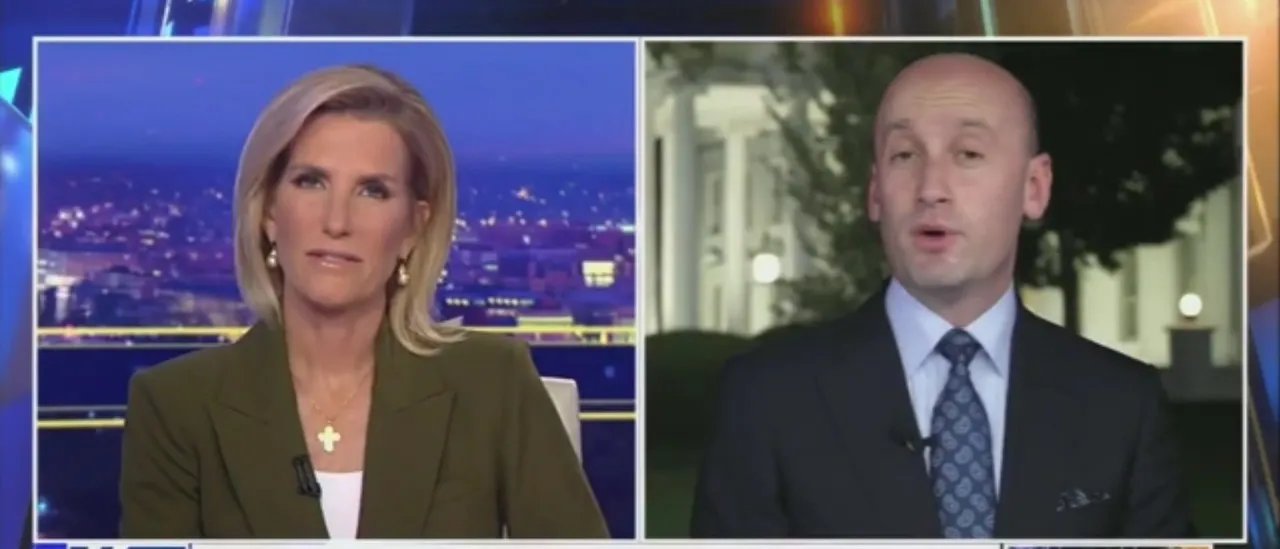Returning to Traditional Voting in Alaska
In recent years, Alaska has undergone significant changes in its election system, notably with the introduction of Ranked Choice Voting (RCV) following the 2020 Voting Measure 2. I’d like to share my perspective on this issue, specifically why I believe Alaska should revert to the traditional voting system that has served us well for many years.
Let’s start with some fundamental points. I was elected governor through both methods: winning in 2018 using traditional voting and again in 2022 with ranked voting. So, my stance here isn’t about political gain; it’s genuinely about trust, clarity, and confidence in our electoral process.
RCV was introduced as a solution to problems that really didn’t exist in Alaska. We were promised that it would lessen partisanship, promote candidates with broader appeal, and enhance fairness. However, instead, we’ve ended up with a system that confuses voters, makes results less transparent, and raises serious questions about how votes are counted and ultimately decided.
From conversations with Alaskans, whether they’re in urban centers or rural areas, a clear message emerges. It’s not merely about perception; it’s about legitimacy. For the electoral system to function effectively, voters need to understand it and trust its fairness. Unfortunately, RCV falls short on both fronts.
The traditional voting method is straightforward: voters choose candidates they support, and the candidate with the most votes is declared the winner. It’s simple and easy to grasp. In contrast, RCV asks voters to rank candidates by preference—first, second, and so on. If no candidate achieves a majority in the initial round, votes are redistributed based on preferences. This sounds good in theory, but many Alaskans are still confused by it.
In certain instances, the candidate who garners the most first-choice votes does not win, which undermines basic fairness. Additionally, votes can be “exhausted” if not all candidates are ranked, leading to the troubling outcome where some voters feel their voices are silenced in later rounds. The final results depend on computer algorithms, which can detract from the immediacy and transparency typically expected on election night.
To be clear, this concern doesn’t stem from the technology itself, but rather from trust. Voters want to see a counting process they can understand, a way to explain outcomes to their friends or neighbors without needing in-depth knowledge. This kind of clarity is crucial for a healthy democracy. Unfortunately, ranked choice votes move us away from that clarity.
Alaska is one of the few states where this system is currently in use. If RCV were truly effective, why haven’t more states embraced it? Instead, we’ve seen 17 states ban it. The reality is that most Americans—and Alaskans, I believe—favor a system that is easy to understand and fosters trust.
Elections shouldn’t be more complicated than they need to be. At their core, elections should express the will of the people, which demands clarity, confidence, and transparency. The traditional voting system has provided those qualities in Alaska for many years; ranked choice voting does not.
It’s time to restore a system that prioritizes voters. One person, one vote. The candidate with the most votes wins—that’s how our democracy was designed, and that’s what Alaskans expect. It’s the system I will advocate for moving forward.
I have faith in the sound judgment of Alaskans. When given the chance, I believe that we will revert to a fair, comprehensible, and trust-based voting system. Let’s return the power of elections to the people—not to an algorithm, but back to the hands of the voters.
From the heart,
Mike Dunleavy







